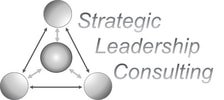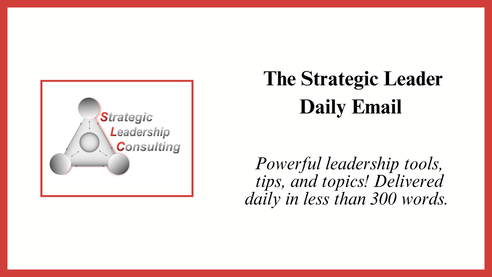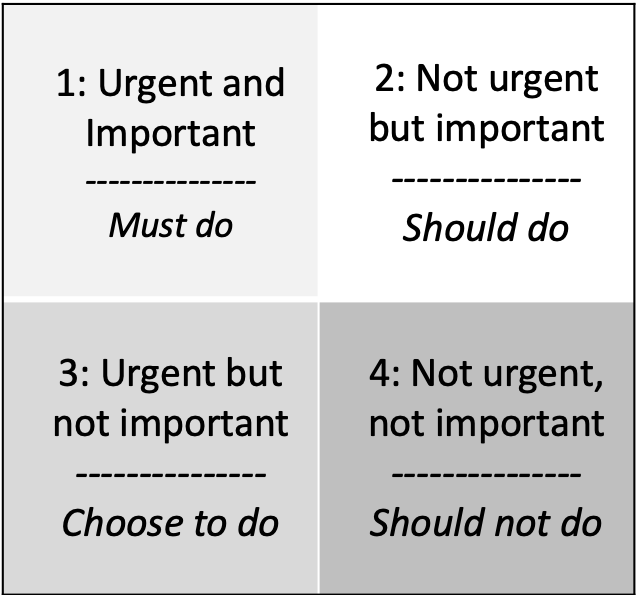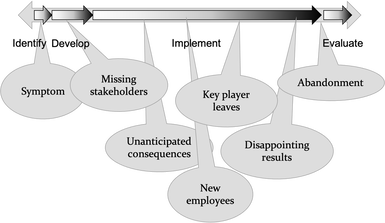|
It is likely that these three things are quadrant two, and that the things that pushed them out were actually quadrant 3.
Quadrant 1 things are usually at the top on our to-do list, so they get done. Quadrant 2 are those things we know we should do, but don’t get to. Quadrant 3 are all those things that we hadn’t anticipated, and which stop us from investing in quadrant 2. Do good and be well, Frederick
0 Comments
Colleagues,
I threw down this challenge last week on inauguration day, which was extremely poor timing. So, let’s try it again! How long is 24 hours? I ask because I have a challenge for you. Last week, I shared my reflections on my own cell phone habits. Based on those reflections I changed the way I interact with my phone and I am shocked at the magnitude of the impact. It has been a game-changer. So today, I have a 24-hour challenge for you. Do these four things for 24 hours:
Number four may be particularly traumatic for some of you, so just try it for 10 or 15 minutes. It doesn’t need to be a long time. The point of the exercise is to shut everything out long enough for you to have a meaningful chunk of completely uninterrupted time. Fifteen minutes is enough. Twenty-four hours. What have you got to lose? Do good and be well, Frederick Yesterday, I was doing my morning reading and my feline friend, Wax, wanted some lap time. Don’t hate me, but I don’t like cats in my lap while I am reading. After several rebuffed attempts, Wax decided to accept being nestled between the outside of my thigh and a pillow.
Every now and then Wax would adjust himself with a half roll or stretch. When I finished reading, and went to stand up, I noticed that Wax had about 70% of my lap! How did that happen? Wax simply applied the four principles of leverage:
If Wax can apply the four principles of leverage, I am confident that you can as well. Do good and be well, Frederick Colleagues, Yesterday we looked at adjusting three variables (complexity, speed, intensity) to meet the needs of the organization during a change initiative. Unfortunately, Big Change is fraught with many other challenges: Strategic action cycles (SAC) negate many of the common change challenges. I would love to come help your organization replace Big Change with strategic action cycles, but you don’t need to hire me before improving your change initiatives. Just apply the principles of leverage:
If I can help you fix one little problem right now, you will be highly motivated. That’s how change should work. For your reflection, practice on yourself:
Do good and be well, Frederick Colleagues,
My undergraduate degree in physical education taught me to differentiate drills for skill development based on three variables:
For example, in teaching someone to dribble a basketball, a beginner might stand in place and slowly dribble the ball. We could increase the complexity by having them walk forward or change directions. We could increase speed by having them move more quickly. We could increase intensity by having a passive defender shadow them or an active defender try and steal the ball. These aspects of differentiation can be applied to leading change. We can decrease or increase complexity, speed, and intensity to meet the capacity of the organization and its people. I rarely see organizations ask too little during change initiatives. Most of the time we try and do too much (complexity), too quickly (speed), without attending to roadblocks (intensity).
Change initiatives often fail because we don’t make sure that people master one step before moving to the next, because we follow strict timelines that don’t account for external and internal forces, and because we undermine the importance of the effort by adding it on top of everything else. If your Big Change initiative is foundering, consider changing the variables. Do good and be well, Frederick |
Categories
All
Archives
July 2024
|




 RSS Feed
RSS Feed